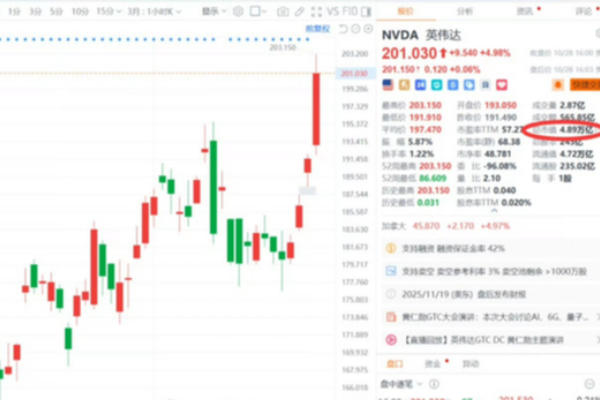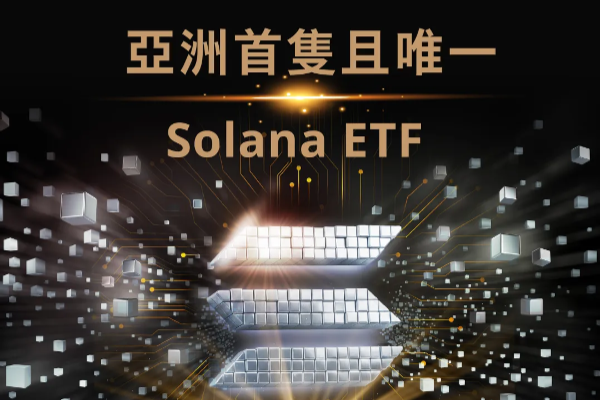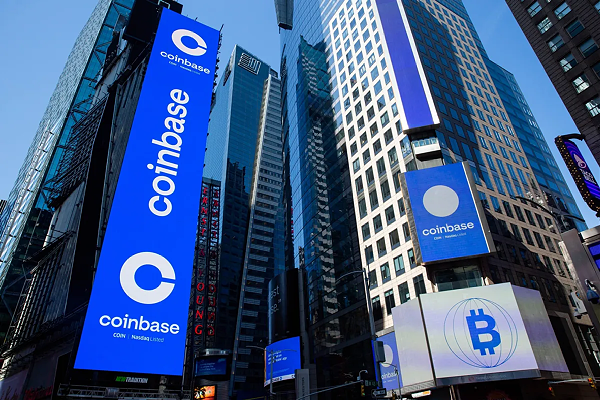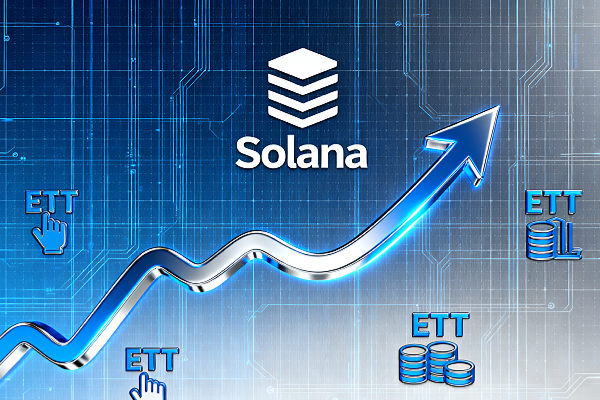"The first stable currency in the United States"? Tinian Island is the first to issue a currency to challenge Wyoming

On May 16, the legislature of the Northern Mariana Islands, a U.S. Pacific territory, voted overwhelmingly to overturn the governor's veto of the stablecoin bill and officially authorized its territory Tinian to issue a government-backed stablecoin, the Mariana Dollar (MUSD). If it can be officially launched before July, MUSD will be expected to surpass Wyoming and become the first stablecoin issued by a local government in the United States.
MUSD: Fiscal tools and economic strategies
According to the new bill, MUSD will be backed by US dollar cash and U.S. Treasury bonds held by the Tinian City Government in a 1:1 ratio to ensure its stability and redemption. The currency will be issued on the eCash blockchain, a fork of Bitcoin Cash (BCH) that focuses on small transaction efficiency.
Responsible for the technical support of MUSD is Marianas Rai Corporation, a local technology company in Tinian, which will serve as the exclusive infrastructure partner for the project. MUSD is not only seen as a digital financial experiment, but also embedded in a larger economic revitalization plan - supporting provisions include allowing Tinian to issue licenses to Internet casinos to attract overseas funds and tourism recovery.
"Race against time" with Wyoming
At the same time, Wyoming in the United States is also accelerating its own stablecoin project and plans to launch the "Wyoming Stable Token". As the timetables of the two plans are close, industry observers believe that who can be the first to launch a government-backed stablecoin will have a "significant impact" on other states and federal legislation in the United States.
"This is not only a technical competition, but also a battle of policy precedents." A digital asset policy researcher pointed out that "pioneers will have more influence in formulating market rules."
Regulatory challenges have not been eliminated
Although local legislation has taken a key step, the official implementation of MUSD still faces multiple challenges such as technical compliance, financial transparency and the regulatory attitude of the federal government. When Palacios, governor of the Northern Mariana Islands, vetoed the bill earlier, he pointed out that the plan has a legal gray area and it may be difficult to limit its jurisdiction to Tinian Island.
The federal level has no clear attitude towards locally issued digital currencies, but as such projects gradually land, relevant regulatory discussions are bound to be put on the agenda. Experts believe that MUSD and Wyoming stablecoins will become key samples for testing how the multi-level government in the United States responds to the integration of Web3 and legal currency.
A game-changer in the financial testing ground?
Regardless of success or failure, the promotion of MUSD marks the official launch of local government exploration of digital financial sovereignty. For Tinian Island, which has a population of less than 3,000, this is not only a leap forward in digital finance, but also a "high-risk, high-return" strategy to strive for independent finance and economic vitality.
In the next few months, the speed of implementation and market acceptance of the project will become an important indicator of the direction of development of digital currency in the United States.









